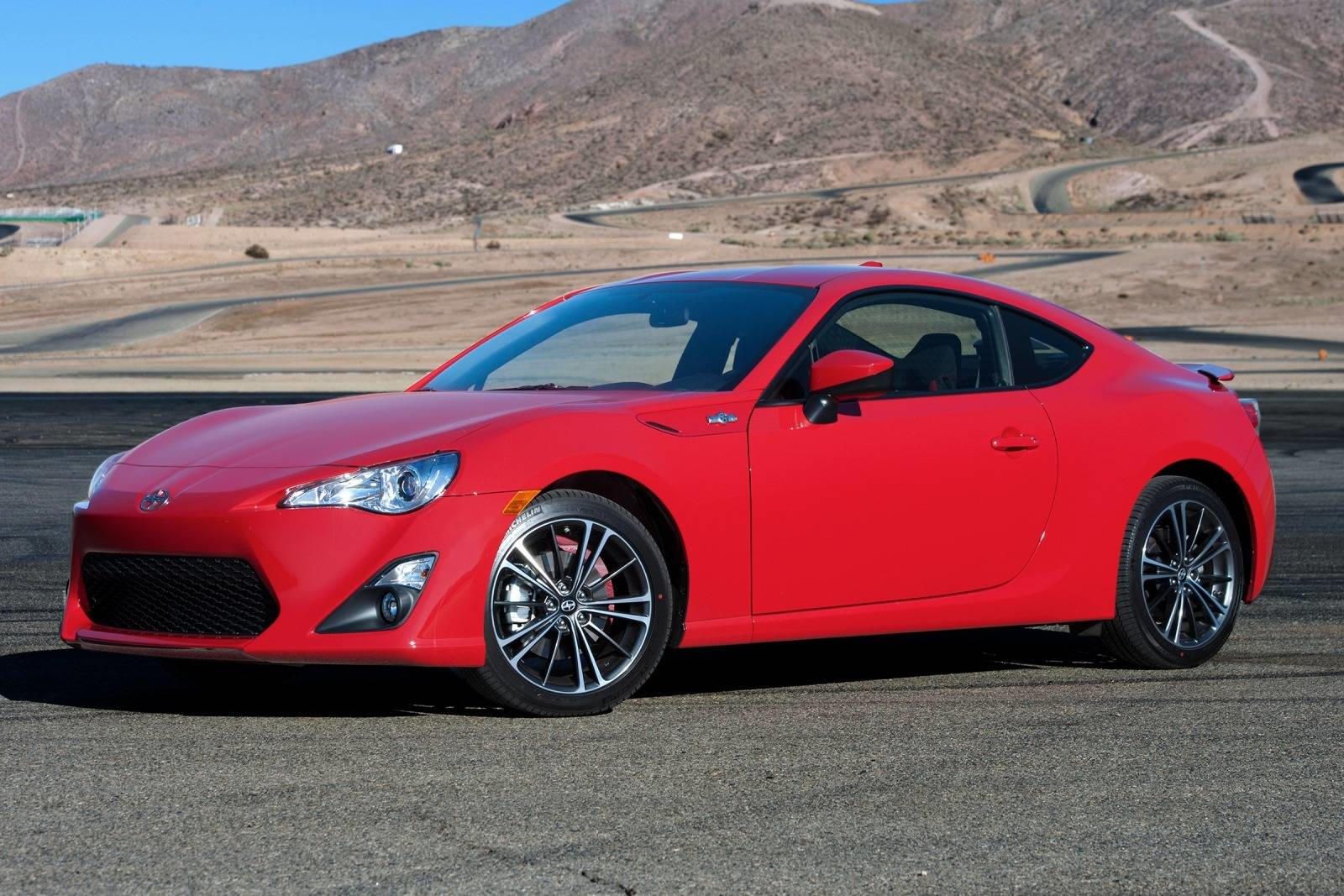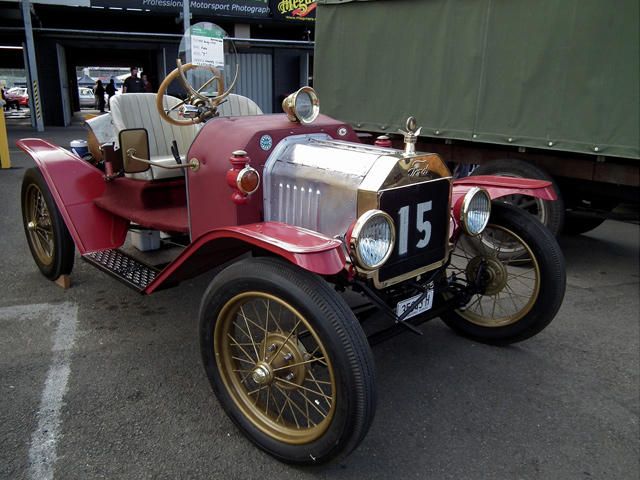
Generally regarded as the most important automobile of all time, the Ford Model T was the car which introduced car ownership to the masses. We've all heard the legends, and although some of these are in fact myths, the importance of the Model T cannot be overstated. The car was not without its critics, and it has to be said that it was quite obsolete by the time production ceased, but the astronomical sales figures speak for themselves.
What is perhaps considered to be the most important fact about the Model T, that it was the first car built on an assembly line, is in fact untrue. That honor belongs to the Oldsmobile Curved Dash, first produced in 1901. The Model T, which debuted in October of 1908, did force Ford to scale up the concept, and so although Ford's assembly line was much more remarkable, it was not first. But the Model T was the first car to be deliberately designed to be cheap, and significantly cheaper than the other cars of its day. The engine was a 2.9-liter four-cylinder which produced 20 horsepower.
The manufacturing techniques used for this engine, such as en bloc casting and a removable head, were revolutionary for the day. They helped keep costs down, and although many of Ford's competitors at the time turned up their noses at his practices, they have long since become the norm. Another popular myth about the Model T's cost control manufacturing techniques is that Henry Ford told his management team "Any customer can have a car painted any color that he wants so long as it is black", back in 1909. This turns out not to be true either. Ford did make the claim that he had said this in his autobiography.
However, a quick look at the old sales brochures shows that Ford didn't even offer black paint as an option in 1909. It wasn't until 1914, after sales had grown exponentially and the whole assembly line had been reworked to accommodate the huge demand, that the black-only policy was adopted. But even in the early years of the Model T, there were never very many colors offered, and simplicity was clearly important from the beginning. The simplicity of the paint colors did not extend to the coachwork. Ford offered no less than fourteen different body styles for the Model T over the car's lifespan.
Customers could of course purchase a bare chassis in order to have the coachwork handled by an independent coachbuilder. This was fairly normal at the time, but it was never a popular option for the Model T. It was, after all, an expensive option, and this effectively defeated the purpose of buying a Model T in the first place. However, quite a few were modified by mechanically inclined customers for their individual needs. No small number were converted into tractors, and several aftermarket companies emerged specializing in kits for Model T conversion.
The diverse applications for the car, as well as its relative cheapness made it a market success never again seen in the automotive world. In 1908, Ford built 10,000 units of the Model T and by 1913 it was outselling every other automaker in the world combined. Production would reach 2 million units annually by 1925, and would total more than 15 million in all. By the time Ford had built 10 million units, more than half of the cars in the world were Fords. The Model T's production record wouldn't be broken until 1972 (by the Volkswagen Beetle, unsurprisingly), by which point 15 million units represented a much smaller percentage of the market.
Although the Model T was cheap, it was not the easiest car in the world to drive. Jeremy Clarkson said that driving it was "more complicated than eye surgery", and Dan Neil listed it as one of the 50 worst cars of all time. Neil pointed out that the car's planned cheapness made it "the Yugo of its day". Even John Steinbeck, who actually considered himself a huge fan of the Model T, noted on several occasions that it was an extremely difficult vehicle to just get started. He once even noted that "Two generations of Americans knew more about the Ford coil than the clitoris, about the planetary system of gears than the solar system of stars."
Quite a statement, but at the time, most likely true. When the Model T was finally retired in 1927, it left behind a world which had been radically changed. The automobile was now a thing which had finally effectively made the horse obsolete. Ford had not only introduced the car to the masses, but he taught the world's carmakers the engineering, manufacturing and even hiring techniques needed to stay competitive in the world of mass-market automobiles. The Model T was, quite simply, the most important car of all time.

